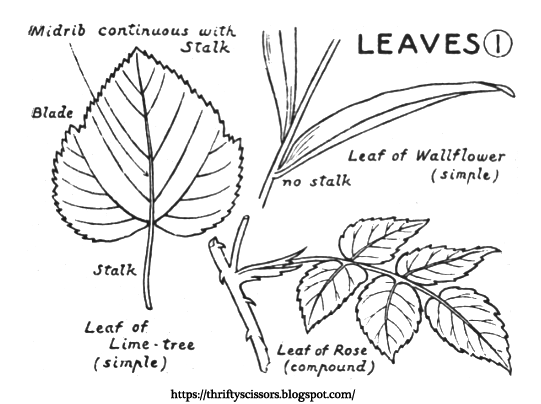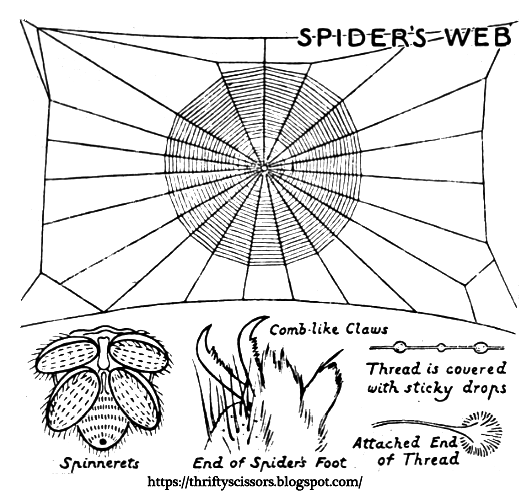 |
| butterfly to print |
Method of Student Observation of The Butterfly:
- Point out that this division is not so apparent in the caterpillar.
- Compare with the head of the caterpillar. Note differences.
- Show that this corresponds with the leg-bearing segments of the caterpillar.
- Point out that the claspers of the caterpillar have disappeared.
- Compare with the short legs of the caterpillar.
- Explain that the wings are imperfectly formed in the chrysalis, but develop when the perfect insect emerges.
- Contrast with the flight of birds.
- Compare with feeding of the caterpillar, which bites solid food.
- Recapitulate briefly the whole life-history - from egg to perfect insect.
How to Grade Study Notes For Student Journals: Every student will need a journal to write in weekly for this online nature study series. Teacher will assign the weekly content in advance.
- Make sure the facts are: written in complete sentences, the first word of each sentence capitalized, and a period should be included at the end of each sentence.
- Spell check your vocabulary and write the words correctly.
- Dress up your journal entries with student clip art, drawings of your own in color or in black and white.
- Student may also include photographs of their own taking for extra credit.
Look for the following facts about butterflies inside of student journals. Assign a point value to the quality of the content.
- Body - In three parts - head, thorax, and abdomen.
- Head - With two feelers (antennae), usually thickened into a knot at the end, two large compound eyes, and a sucking-tube (proboscis ).
- Thorax - Bears three pairs of legs and two pairs of wings.
- Abdomen - Covered with fine hairs. No limbs.
- Legs - Six in number. Of several parts, jointed together, and terminating in two hooked claws.
- Wings - Four. Large. Membrane, supported by rigid - veins -or rays, and covered with minute scales.
- Flight - Rapid but jerky.
Feeding - Sucks the sweet juices from flowers by means of the proboscis, which can be extended, and when not in use is coiled up. - Egg-laying - Eggs laid by butterfly on the food-plants of the caterpillar.
Video at Youtube for Students to Watch:
- The life cycle of the butterfly by ClickView
- Watch a breathtaking Monarch butterfly swarm by Nature on PBS
- Beautiful Butterfly Moments by BBC Earth
 |
| Life cycle of a Butterfly. |
4 Stages of The Butterfly
- The butterfly lays it's eggs on a leaf.
- The baby caterpillars hatch from the eggs and start to eat and grow.
- The mature caterpillar makes a chrysalis to change in.
- The butterfly hatches and unfolds it's wings.
Next, cut just one pie shaped window from the top plate so that when the two paper plates are joined at the center with a brass-brad fastener, the window will reveal only one life stage at a time. On the top plate write ''Describe the order and stage of a butterfly's life.'' Now students may then share what they have learned by showing off their life cycle project with siblings, friends, parents and teachers. Save this lesson to talk about at a parent-teacher conference or open house for the student.
The Butterfly Arts and Crafts Lessons From Our Blogs:
- Cut, color and paste together a butterfly kite! for young students kindergarten -2nd Grade
- Craft a Simple Butterfly Mask - using paper plates, kindergarten - 2nd grade
- Create a Butterfly Yarn Picture - for older students 4th, 5th, and 6th Graders
- "Handy" little butterflies - preschool through 1rst Grade
- Drawing Butterflies Through Five Progressive Steps - 2nd and 3rd Grade
- Craft Doily Butterflies - any age for decorative ornaments
- Repeating Line Butterfly Design- 4th, 5th, and 6th Graders
- The Living Butterfly - a vintage paper toy for crafting fun
Extended Learning Content:
Free Student Clip Art: Clip art may be printed from a home computer, a classroom computer or from a computer at a library and/or a local printing service provider. This may be done from multiple locations as needed because our education blog is online and available to the general public.
 |
| The Butterfly clip art illustrates the anatomy of the butterfly: feelers, proboscis, thorax, wings with veins, abdomen, scales, eyes and legs. |














.png)









